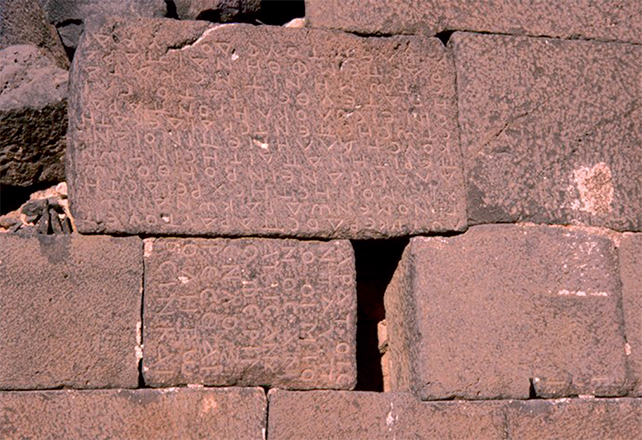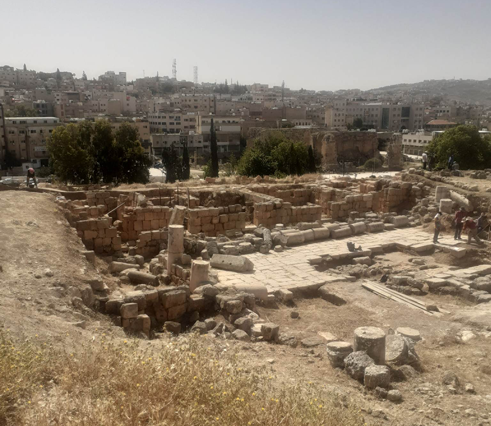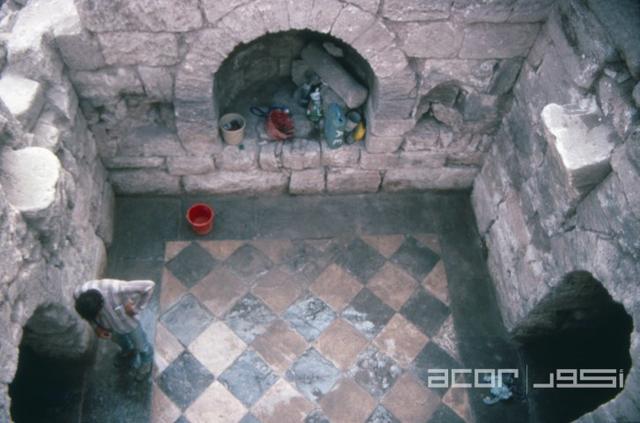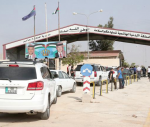You are here
Lecture offers a glimpse into Gerasa, Philadelphia under Roman times
By Saeb Rawashdeh - Jun 28,2021 - Last updated at Jun 28,2021
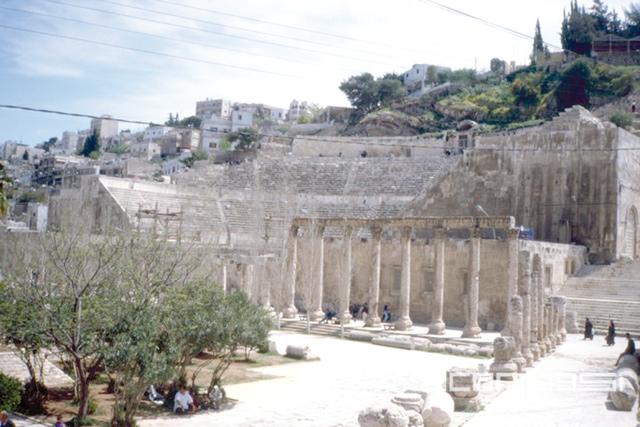
A view from Hashemite plaza on the Roman Theatre in downtown Amman (Photo courtesy of ACOR /Paul and Nancy Lapp collection)
AMMAN — Following the intervention of Roman general Pompey the Great (106 BC-48 BC) in the Levant, Gerasa (Jerash) and Philadelphia (Amman) were integrated into a new province in the autumn of 63 BC, noted a French scholar during a lecture titled “Philadelphia-Amman: the Hellenistic, Roman and Byzantine City” recently organised by the French institute Ifpo.
“Gerasa and Philadelphia were included into a new Roman province created by Pompey named Syria, and later in 106 AD when Emperor Trajan annexed the Nabataean Kingdom, they were incorporated into a new province named Arabia,” said historian Pierre-Louis Gatier from the University of Lyon
During the 2nd century AD, Philadelphia adopted the Roman architectural style, he said.
Ancient Philadelphia was characterised by opened piazzas (public squares) and colonnaded streets. The size of the city of Philadelphia was estimated at around 46 hectares, while Gerasa was estimated at around 75 hectares, Gatier said.
“The large theatre, main temple, nympheum [public fountain] and monumental baths were typical for both Gerasa and Philadephia,” Gatier said.
The temple at the Amman Citadel was built between 161 AD and169 AD during the reign of Emperor Marcus Aurelius (121 AD-180 AD), in the same time when the temples dedicated to Arthemis and Zeus were erected in Gerasa, he noted.
It is not clear to which god the temple at the Amman Citadel was dedicated, Gatier said, adding that the remains of the statues found at the citadel may have belonged to a deity whose role was to protect the city.
Furthermore, the interaction between Greco-Roman culture and Aramaic influences is a subject of many studies, the historian said, noting that Hercules was probably the supreme god in ancient Philadelphia.
“One of the coins found in Philadelphia depicts the chariot of Hercules where the deity wears a lion skin,” Gatier said.
During the Byzantine period, the province of Arabia was divided and Philadelphia had many churches, both at the citadel and in modern-day Jabal Luweibdeh where Darat Al Funun cultural centre currently stands, which in the Byzantine period was the church dedicated to St George, Gatier noted.
Unlike the Roman period, the family mausoleums during the Byzantine era seemed to disappear, when the city class of wealthy landowners were buried near churches, he noted.
Related Articles
AMMAN — The Jordan Museum, located in a very busy area of Ras Al Ain, is home to many inscriptions from various parts of the country.
AMMAN — Though the western part of ancient Gerasa, or modern Jerash, has been studied extensively, with researchers unearthing pagan t
AMMAN — Next year will mark 42 years of excavations carried out at the archaeological site of Abila, also known as Tel Abila, which belonged


